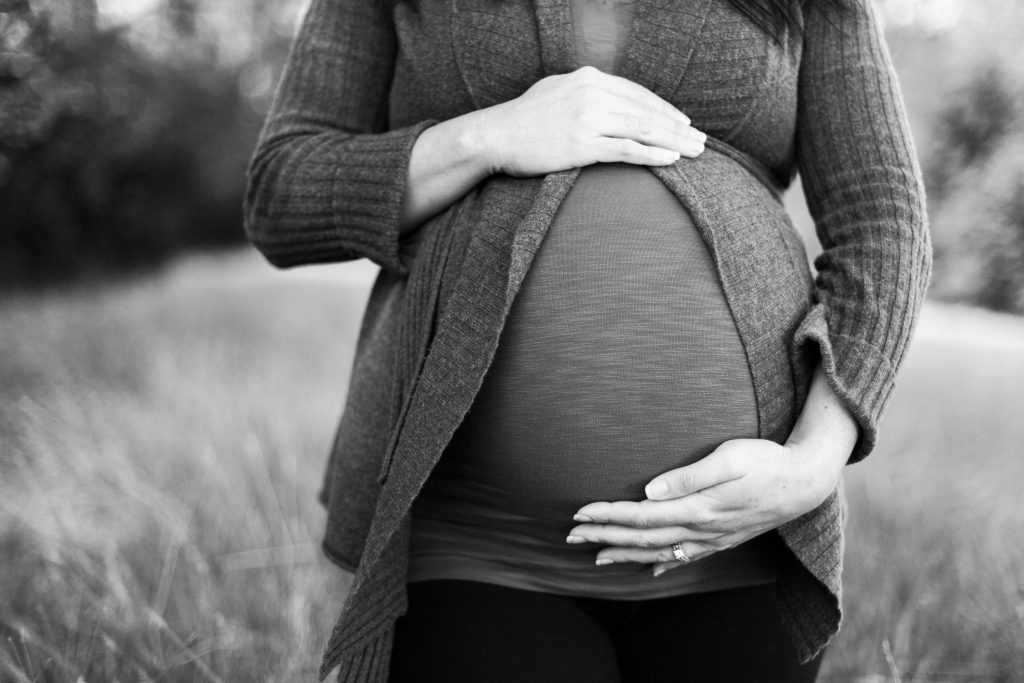Impact of COVID-19 on Pregnant Women: If you’re expecting to give birth in the near future, you’ve probably heard about COVID-19. But have you ever wondered what impact it has on pregnant women?
Impact of COVID-19 on Pregnant Women
Here are some things you should know. While the vast majority of women who take COVID-19 report that they’re receiving adequate prenatal care, 14.2% say that COVID-19 made them change their birth location. What does this mean for you?

Increased risk of preterm birth
Researchers found an increased risk of preterm birth in communities affected by COVID-19 in the first wave of the pandemic. This finding has important implications for the planning of care for pregnant women and policymakers who are tackling the problem of structural racism.
In addition to COVID-19, preterm birth is associated with other factors including social determinants of health, such as high rates of unemployment and stressors such as low income.
Those who have contracted COVID-19 while pregnant face a higher risk of preterm birth than women who have not. This risk is particularly high in very preterm birth, which occurs before 32 weeks of gestation. A study of births in California during the second half of 2020 found a 40% increased risk of preterm birth and 60% higher risk of “very preterm” birth.
The study’s authors, including Dr. Laura Jelliffe-Pawlowski, found that those pregnant women who contracted COVID-19 had a 60 percent higher risk of preterm birth than those who had not received it.
While the risks of vertical transmission are unknown, the overall rate of in-utero transmission has been less than two percent. Several cases of probable in-utero transmission have been documented.
In addition, maternal risk factors for mother-to-child transmission included COVID-19 severe infection, cesarean delivery, and admission to the intensive care unit. Seven of the 14 cases of mother-to-child transmission were attributed to intrapartum transmission.
This study showed that women in predominantly Black and low-income neighborhoods had an elevated COVID-19 infection risk. However, women in predominantly White neighborhoods had a significantly lower risk. Women who were born in disadvantaged neighborhoods were non-Latinx, and 41% were obese. The rate of COVID-19 infection was higher in those women who were on Medicaid or who had a low income.
While the association between COVID-19 infection and preterm birth is not conclusive, some studies have noted an increased risk in women who have had SARS-CoV-2 infection. In a study conducted by the National Institute of Health, there were five cases of spontaneous preterm birth among 57 women who had been exposed to SARS-CoV-2. In addition, a high rate of cesarean delivery was associated with maternal respiratory-indicated urgent delivery.
Increased risk of stillbirth
The recent increase in COVID-19 infections has raised concerns about the risks of stillbirth. In a study conducted in Australia, stillbirth rates were not significantly different between women who were infected with COVID-19 and those who were not.
In addition, the study sample size was small and the number of deliveries was low. These factors may be limiting, but the results should be considered nonetheless.
One reason for the increased risk of stillbirth with COVID-19 is the fact that the virus affects the placenta, which is responsible for the life of the fetus. Infections with the coronavirus cause severe complications in the second half of pregnancy, including stillbirths. The Netherlands has reported 13 stillbirths linked to coronavirus infection.
Although these findings are not conclusive, the association between COVID-19 infection and stillbirth is clear. The association between COVID-19 and stillbirth is most likely indirect and could also be influenced by other factors. A mother’s age at the time of infection is a major factor. If she is already pregnant, however, COVID-19 infection may increase her chances of stillbirth.
The COVID-19 pandemic highlighted a number of inequalities in the non-pregnant population. Pregnant women of minority ethnic groups suffered disproportionately worse outcomes than pregnant white women. Despite this, a large study of more than one million women revealed that this disparity did not increase during the pandemic.
Several studies that reported placental histopathological findings associated with stillbirth in pregnancies in mothers infected with COVID-19 were included in Table 2.
COVID-19 is not yet a cure for Zika virus, but the research will help inform doctors on what steps to take to reduce the risks and increase the chances of a live birth. Pregnant women should consider getting vaccinated against the virus to protect their unborn child. The risk of stillbirth is also higher for pregnant women who have other chronic illnesses or are on breathing machines.
Another study, called the UKOSS, has found that women who had an SARS-CoV-2 infection were more likely to have a stillbirth than those who had not contracted the virus. However, in the first wave of the COVID-19 pandemic, the rate of stillbirth was 15 per 1000 births. Nevertheless, the study did not examine women who had been vaccinated.
Increased risk of preeclampsia
A new study suggests that pregnant women who are infected with COVID-19 are at an increased risk of developing preeclampsia. This condition can lead to complications for both mom and baby, including preterm labor and the need for intensive neonatal care. While the study has a few limitations, the data are compelling and deserve further investigation. These findings are supported by data from more than one study.
Among the risk factors for preeclampsia, COVID-19 infection is associated with significant hepatic dysfunction and secondary hypertension. However, this association is independent of COVID-19 severity.
Women with COVID-19 infection have a higher risk for developing preeclampsia, which is also associated with adverse maternal outcomes, including miscarriage. Additionally, COVID-19 has multiorgan vascular effects, including hypertension and renal disease. It has also been associated with endothelial damage and is linked with increased thrombocytopenia.
The study population had similar risk factors, and a dose-response association was found. The incidence of preeclampsia among COVID-19-affected women was 1.6 percent, 2.2% in women with mild disease, 5.7% in women with moderate disease, and 11.1% for women with severe COVID-19.
These findings are consistent with other reports and suggest that the association between COVID-19 and preeclampsia is largely unrelated to the study site.
In addition to the increased risk of preeclampsia associated with COVID-19 infection in pregnancy, HELLP syndrome is another risk factor. This syndrome involves elevated liver enzymes, thrombocytopenia, and C-reactive protein.
In more complicated cases, low fibrinogen levels are also observed. Nevertheless, further studies are necessary to establish a clear causal relationship between Covid 19 infection and preeclampsia.
In addition to affecting the mother and the baby, preeclampsia also affects the fetal development and can lead to severe complications. In rare cases, a preeclamptic woman may lose her baby. The only treatment for preeclampsia is delivery of the baby. A mother in this situation must undergo the riskiest pregnancy complications before giving birth to her baby.
Increased risk of NICU admission
Several studies have reported an increased risk of NICU admission among infants born to women with COVID-19 during pregnancy. These rates ranged from 10 to 76% in other countries, although the wide variation is possibly due to the high rate of preterm birth and hospital policies that required the delivery of infants directly to the NICU.
A mother with this condition should discuss this risk with her physician and family doctor, as this could increase the chances of her unborn child receiving an appropriate medical care.
The study included 4,436 women who were hospitalized due to COVID-19 infection. The researchers defined a severe infection as one requiring high flow or invasive ventilation or resulting in a neonatal death. The infection was diagnosed in 21.7% of women. The study authors also found that the number of women admitted to the NICU increased after the pregnancy, which was consistent with the findings of a previous study.
The results of this study have significant implications for the care of pregnant women who have COVID-19. The infection has an adverse effect on pregnancy outcomes and should be carefully monitored.
A retrospective cohort study assessed the relationship between maternal COVID-19 infection and neonatal outcomes, including birth weight, gestational age, and neonatal infection. The studies also included neonates who were infected with COVID-19, and were followed until they were discharged from the hospital.
The researchers also noted that COVID-19 is associated with an increased risk of NICU admission for newborns. However, the findings of the study are consistent with the results of most studies on the neonatal outcomes of pregnant women with COVID-19.
This study did not include women who are very high risk for a number of other conditions, including pregnancy. A mother should consult her doctor to ensure that her pregnancy is not at risk.
The authors looked at the outcomes of more than 4,000 COVID-19-infected pregnant women during the first 18 months of the pandemic. COVID-19 infection in pregnant women increased the risk of preterm delivery, NICU admission, and stillbirth.
However, this study did not include women who developed the severe form of COVID-19. They also noted that women with COVID-19 infection had higher rates of gestational diabetes and were older.





Phenix Health delivers online health services 24/7 provided by Australian doctors and healthcare professionals.